Signs Your Child May Have Vision Problems and When to See an Optometrist
It’s not always easy for children to recognize or communicate that they’re having trouble seeing. Because vision plays a crucial role in learning and development, it’s important for parents to watch for early signs of vision problems. Identifying issues early can make a big difference in ensuring your child has clear vision and a healthy start.
Here’s what to look for at different stages of your child’s development and when to schedule an eye exam with an optometrist.
Vision Signs to Watch for in Babies (0-12 Months)
During the first few months of life, a baby’s vision is still developing. Their eyes may occasionally wander, cross, or appear unfocused, which is completely normal. However, persistent or constant eye misalignment could indicate a vision issue that requires attention.
By around four months old, babies should be able to track objects and make steady eye contact with parents and caregivers. If your baby struggles to focus, randomly jerks their eyes, or moves their eyes from side to side uncontrollably, this may be a sign of an underlying vision issue.
Other warning signs of eye problems in infants:
- Extreme light sensitivity – Could indicate elevated eye pressure.
- White or cloudy pupils – May be a sign of pediatric cataracts or eye cancer.
- Excessive tearing – Could signal a blocked tear duct.
- Red, crusty eyes – May be a sign of an eye infection like conjunctivitis.
When to Book Your Baby’s First Eye Exam
The Canadian Association of Optometrists recommends that infants have their first comprehensive eye exam between six and nine months of age. An optometrist will check for early vision development issues and ensure your baby’s eyes are healthy.
Vision Problems in Preschoolers (Ages 2-5)
Between the ages of two and five, children fine-tune their visual skills. Their ability to recognize colours, shapes, letters, and numbers plays a big role in early learning. If your preschooler struggles with these tasks, it may be due to a vision problem rather than a learning difficulty.
Signs Your Preschooler May Need Vision Correction:
- Sitting too close to the TV or holding books very close – Could indicate nearsightedness (myopia).
- Squinting or closing one eye – May be a refractive error like astigmatism or farsightedness.
- Tilting their head – A common sign of lazy eye (amblyopia).
- Rubbing their eyes excessively – Could signal eye strain or fatigue from blurry vision.
- Difficulty focusing or concentrating – May be related to accommodative dysfunction, affecting how their eyes adjust to different distances.
- Frequent headaches – Can occur if the eyes are overworked due to uncorrected vision issues.
When to Schedule a Preschool Eye Exam
Preschoolers should have an annual eye exam to ensure their vision is developing properly. Even if no signs of vision problems are present, routine exams help catch issues early before they start affecting school performance.
Why Early Eye Exams Are Essential
Many children don’t realize they have blurry vision because they assume everyone sees the way they do. If left undiagnosed, vision problems can lead to delayed learning, difficulty reading, and poor performance in school.
Benefits of Early Detection:
- Ensures normal eye development.
- Helps children learn better and avoid frustration.
- Prevents long-term vision issues that may be harder to correct later.
- Improves coordination and motor skills, which rely on clear vision.
Comprehensive Pediatric Eye Care in Edmonton
At Optometrists’ Clinic Inc., we provide complete eye exams for children of all ages, from infants to school-aged kids. Our experienced optometrists offer personalized vision solutions, including eyeglasses, contact lenses, and treatment for eye conditions.
If you’ve noticed any signs of vision problems in your child, don’t wait—early detection is key!
Contact us today to book an appointment at one of our Edmonton-area clinics and ensure your child’s eyesight is ready for success!



